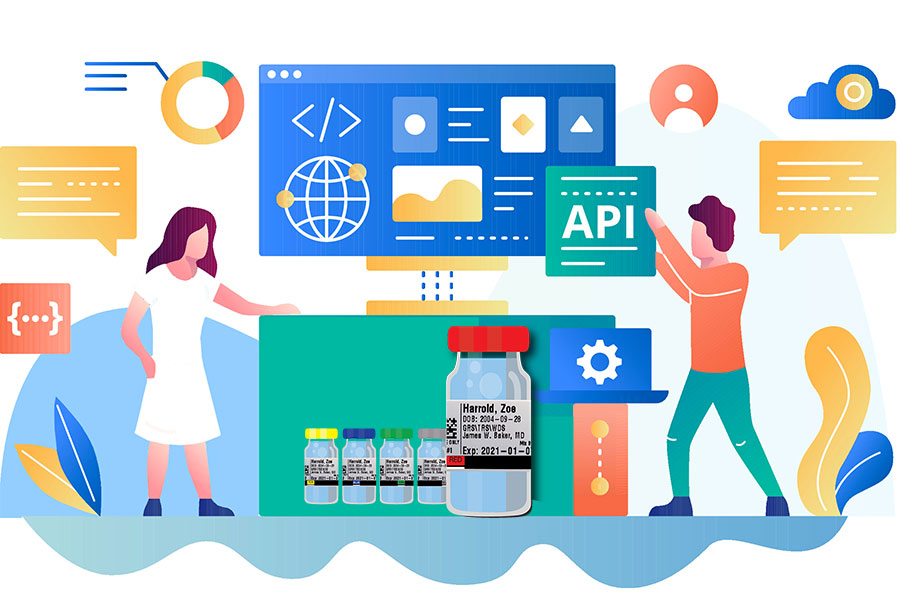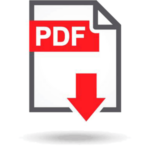Home / Allergy Software Benefits / Xtract Software EHR Integration

XTRACT ALLERGY SOFTWARE AND EHR INTEGRATION
Since the 1980’s, use of EHRs has grown steadily, with the Centers for Disease Control now reporting that 86% of office-based physicians, and virtually all hospitals in the U.S., use them instead of traditional charts.
In the years before Electronic Health Records (EHRs) became the norm, documenting allergy immunotherapy was clear-cut. When a patient came in for “shots,” a nurse would record on a paper chart the extracts used, the concentration, the dose, the arm location, and what if any reaction the patient experienced. For the next appointment with the same patient, the paper chart would be referenced, and the next round of shots would be recorded. Dozens of immunotherapy appointments would be documented in this way. And flipping back through just one or two pages, nurses and allergists could easily view the written information on the history of the patient’s treatment to have the data at hand to safely deliver that day’s injection.
Enter EHRs. Since the 1980’s, use of EHRs has grown steadily, with the Centers for Disease Control now reporting that 86% of office-based physicians, and virtually all hospitals in the U.S., use them instead of traditional charts.
There are many advantages to EHRs, including: more secure patient information, better coordination between providers, improved patient access to medical information, and fewer errors due to illegible handwriting or inconsistent use of terminology.
The sheer volume of patient visits (often 50 to 100 encounters over three to five years) means that a provider looking for patient history must click back on the EHR dozens of times, and cannot see the “whole picture” of a patient’s immunotherapy treatment plan on a single screen. The process is cumbersome and time consuming. To address this, in many offices, nurses enter information in the EHR, but also keep notes and treatment information on a paper chart because they feel it is necessary for patient safety. This double documentation takes extra time, and also can lead to conflicting information, potentially resulting in errors in immunotherapy injections.
A study published in the Journal of Allergy and Clinical Immunology reported survey results of allergy providers queried about errors made in their practices in the preceding five years. The survey asked the question: “For the last five years, approximately how many incorrect allergy injections have been given to your patients? An incorrect allergy injection is defined as an injection given to a wrong patient or a correct patient who received an incorrect dosage or volume.” (1)
A total of 479 providers responded on a secure website that protected their identity. In response to the question, 57 percent answered that an allergy injection had been given to the wrong patient in the previous five years, and 74 percent answered that an incorrect dose had been given to a patient in the previous five years. Reactions resulting from the incorrect injections were reported as follows: local reaction only (1128), systemic no hospital care (443), systemic emergency department care (59), systemic admission to hospital (24), death (1). (1)
Xtract Solutions is a software program designed to address critical safety issues, and specifically to prevent incorrect injections.
Xtract Solutions is a software program designed to address critical safety issues, and specifically to prevent incorrect injections. It is not a EHR program that has been altered to fit the allergy space. Instead, it is software that was developed for allergy practices, and interfaces with EHRs used in physician offices. It allows clinics that are still using paper charts to phase out that process because Xtract’s software displays the patients’ complete history in an easy to view, customizable format.
Xtract Solutions – full integration vs a standalone system
Xtract Solutions systems have the ability to interface with your EMR/EHR. This allows you to receive and view patient information from the Xtract Solutions systems directly on your EMR/EHR, giving you a full picture of your patient’s health. Interfacing also allows for reporting, updating of patient demographic information, billing of charges, and additional information to be shared between the two systems, increasing your clinician’s productivity and allowing for an efficient transfer of information.
ADT (Admit Discharge Transfer) messages are sent from the EHR or Practice Management system to Xtract Solutions. The ADT feed is typically filtered down to a specific clinic, specific provider(s), and/or for a specific visit type.
Outbound results are triggered to send when an end-user clicks a “send report” button. These reports are typically sent as an ORU message with a base64 MIME encoded PDF and formatted text but can also be pared down to just the PDF or into discrete fields for aliasing/data mapping.
A billing dialog allows end-users to send charge captures via an interface to the EHR or PM application. The procedure (CPT) and diagnosis (ICD-10) codes are configured in the system for each appropriate billing event.
The methods that these interfaces are configured are listed in the PDF file with full details into the process and additional options within each messaging system.
(1) Aaronson, D. M.D., Gandhi, I. M.D., M.P.H., Journal of Allergy and Clinical Immunology, Incorrect Allergy Injections: Allergists Experiences and Recommendations for Prevention, https://www.jacionline.org/article/S0091-6749(04)00810-3/fulltext

